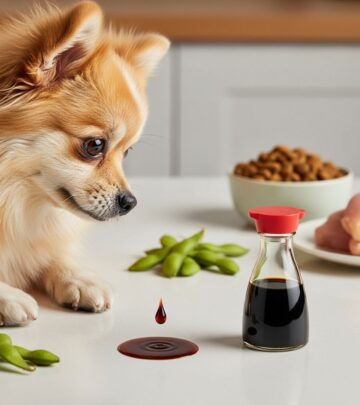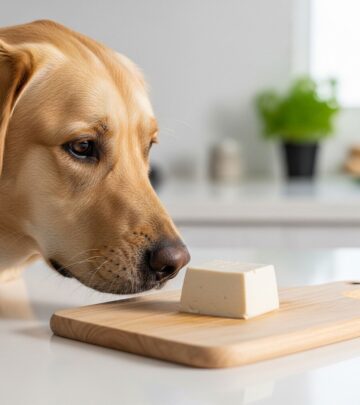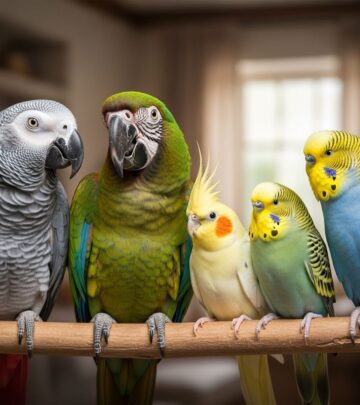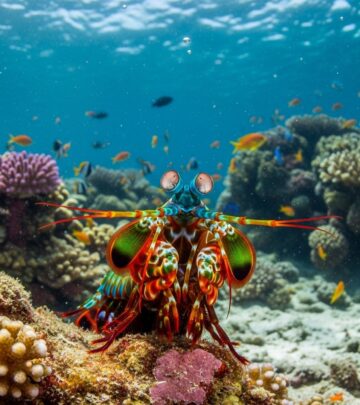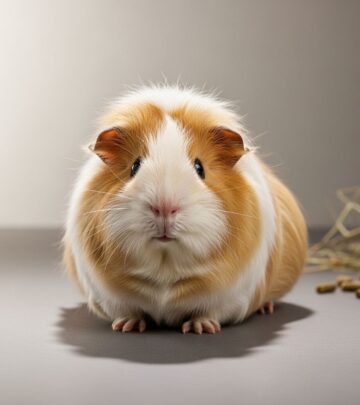Seal Point Ragdoll Cat: Essential Guide To Care & Personality
Discover the captivating world of Seal Point Ragdolls - majestic felines with distinctive markings and loving personalities
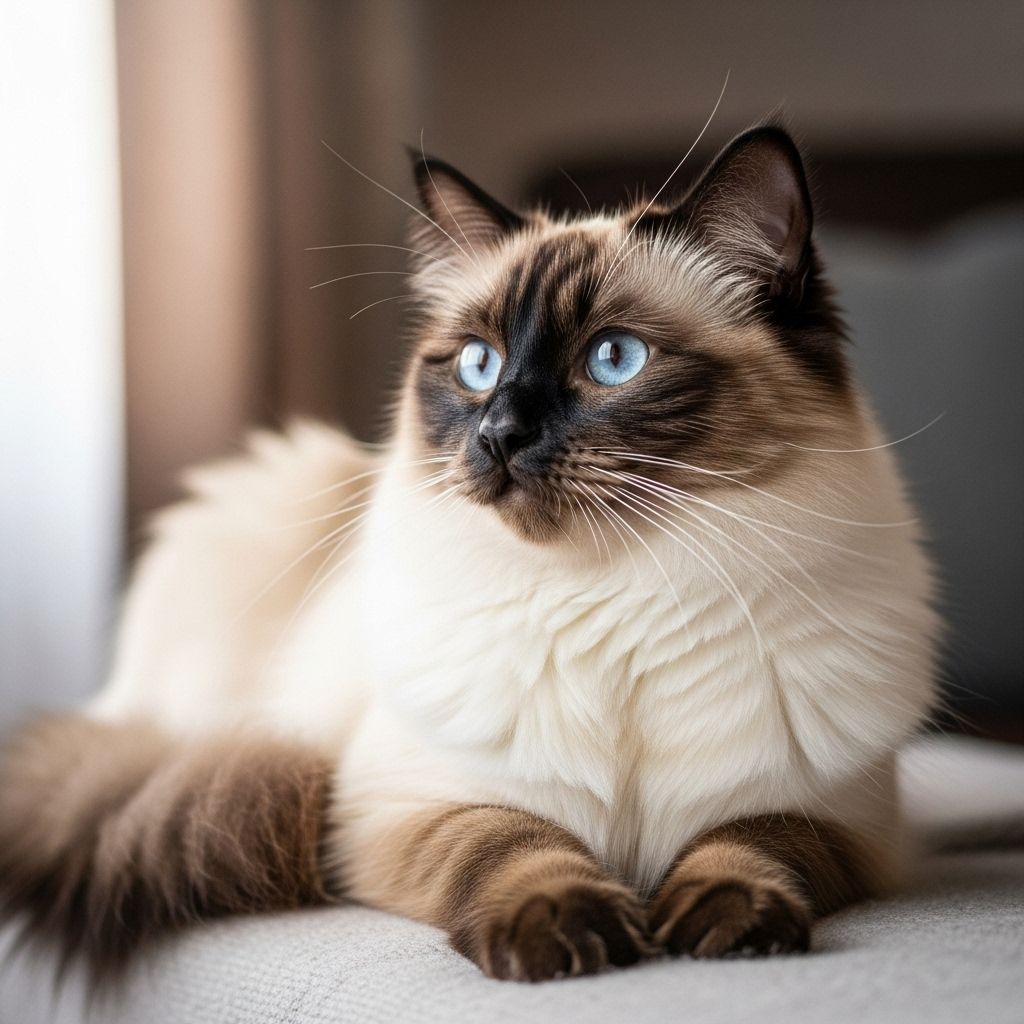
Image: HearthJunction Design Team
Seal Point Ragdoll: The Complete Breed Guide
Majestic, gentle, and strikingly beautiful, the Seal Point Ragdoll represents one of the most beloved colorations of this popular cat breed. With their distinctive dark points contrasting against a lighter body, these felines capture attention wherever they go. But there’s much more to these cats than just their stunning appearance – their temperament, care needs, and history make them truly special companions.
Breed Overview
The Seal Point Ragdoll belongs to the larger Ragdoll breed family, known for their relaxed temperament and striking blue eyes. Before diving into the specifics of the Seal Point coloration, let’s understand the general characteristics of Ragdolls as a breed:
| Characteristic | Description |
|---|---|
| Height | 10-13 inches |
| Weight | Males: 12-20 pounds Females: 8-15 pounds |
| Lifespan | 10-15 years |
| Colors | Seal, chocolate, blue, and lilac, with three pattern variations |
| Suitable for | Just about any family, singles or couples who love cats |
| Temperament | Easy-going, affectionate, friendly, vocal |
It’s important to note that Seal Point Ragdolls are not a separate breed but rather a color variation within the Ragdoll breed. They exhibit the same temperament, physical attributes, and care requirements as other Ragdolls, differing only in their coloration pattern.
Seal Point Ragdolls Characteristics
The Seal Point pattern is one of the most distinctive and popular colorations found in Ragdolls. This coloration is characterized by specific markings that create a striking contrast between the body and extremities.
Physical Appearance
Ragdolls are substantial cats with a robust, muscular build that belies their gentle nature. They are one of the largest domestic cat breeds, with a broad chest and long, muscular body supported by sturdy bones that match their impressive size. Their bodies are rectangular in shape, contributing to their elegant and graceful appearance despite their size.
The head of a Seal Point Ragdoll is proportionately large, featuring a modified wedge shape with rounded contours. Their ears are of medium size with slightly rounded tips, set wide apart to continue the wedge of the face. One of their most captivating features is their large, oval-shaped eyes, which are always a striking sapphire blue – a hallmark of the breed regardless of coat color.
Coat and Coloration
Ragdolls have a semi-long, silky coat with a texture often compared to rabbit fur. This plush coat has minimal undercoat, which results in less shedding compared to other long-haired breeds, except during seasonal changes in spring and fall. Their fur is notably soft and tends to stay on top of surfaces rather than embedding, making it relatively easy to clean.
As a pointed breed, Seal Point Ragdolls display a specific color distribution pattern. The main body is predominantly light in color – typically a cream or pale fawn that appears almost white. The “points” refer to the darker coloration that develops on extremities – the face (particularly around the mask and ears), legs, and tail.
In Seal Point Ragdolls specifically, these points are a deep, warm brown color (similar to the color of a seal, hence the name). The contrast between the lighter body and darker points creates the distinctive look that many cat enthusiasts adore. This pointed pattern is temperature-sensitive – the cooler parts of the body develop darker coloration, while warmer areas remain lighter.
Seal Point Ragdoll Kittens
Seal Point Ragdoll kittens are born completely white, with their distinctive coloration developing gradually as they mature. This fascinating transformation is one of the many joys of raising a Ragdoll kitten.
Development Stages
Unlike many cat breeds that reach full maturity by their first birthday, Ragdolls are slow developers, taking up to four years to reach their complete physical development. This extended growth period means that your Seal Point Ragdoll will continue to change and develop well past kittenhood.
The distinctive seal point markings begin to appear within the first few weeks of life, gradually darkening and becoming more pronounced as the kitten grows. The beautiful blue eyes that are characteristic of the breed typically develop their final color at around 3 months of age.
Size development is particularly notable in Ragdolls. While most cats reach their full size by about 12 months, Ragdolls continue growing. Males are significantly larger than females, with fully mature males weighing between 12-20 pounds, while females typically range from 8-15 pounds. This sexual dimorphism (size difference between males and females) is particularly pronounced in the Ragdoll breed.
Caring for Seal Point Ragdoll Kittens
Raising a Seal Point Ragdoll kitten requires attention to their specific developmental needs. Their large size as adults means they require proper nutrition to support healthy bone and muscle development. A high-quality kitten food formulated for larger breeds is recommended during their extended growth period.
Early socialization is crucial for Ragdoll kittens. While naturally friendly, exposing them to various people, gentle handling, and different environments during their formative weeks helps ensure they develop into the confident, affectionate adults the breed is known for.
Grooming habits should be established early, even though their coat will not reach its full length and glory until maturity. Regular gentle brushing accustoms kittens to the handling they’ll need throughout life and helps prevent matting as their coat develops.
Temperament and Personality
The Ragdoll breed earned its name from their tendency to relax and go limp when picked up, reminiscent of a child’s ragdoll toy. This characteristic relaxed nature extends throughout their personality, making them one of the most docile and easy-going cat breeds.
Behavioral Traits
Seal Point Ragdolls, like all Ragdolls, are known for their exceptionally friendly and affectionate nature. They form strong bonds with their human companions and often follow them from room to room, preferring to be where the action is rather than seeking solitude.
Despite their large size, Ragdolls are known for their gentle demeanor. They typically play without extending their claws, making them excellent companions for families with children. Their patient nature allows them to tolerate handling that many other cats would find objectionable, though children should always be taught to treat pets with respect and gentleness.
Ragdolls are moderately vocal cats. They’re not as talkative as breeds like Siamese, but they do communicate with soft, melodious voices when they want attention or food. Many owners describe their vocalizations as pleasant and musical rather than demanding.
One notable characteristic of Ragdolls is their tendency to prefer staying at ground level rather than climbing to high perches. While they enjoy playing and can be quite playful well into adulthood, they’re not typically jumpers or climbers, preferring interactive play with their humans over solo acrobatics.
Care Requirements
Caring for a Seal Point Ragdoll involves attending to their specific needs regarding grooming, health monitoring, and environmental enrichment.
Grooming
The Ragdoll’s semi-long coat requires regular maintenance to keep it in optimal condition. While they don’t have the thick undercoat that makes some long-haired breeds challenging to maintain, their silky fur can still tangle and mat without proper care.
Brushing two to three times per week is typically sufficient to prevent matting and reduce shedding. During seasonal changes in spring and fall, daily brushing may be necessary as they shed their coats. A stainless steel comb or soft bristle brush works well for their plush fur.
Particular attention should be paid to areas prone to tangling, such as behind the ears, under the armpits, and around the collar area if they wear one. The luxurious fur on their hindquarters and tail also requires regular attention to prevent matting.
Health Considerations
While generally healthy, Ragdolls can be predisposed to certain health conditions that potential owners should be aware of:
- Hypertrophic cardiomyopathy (HCM): A form of heart disease that is sometimes found in the breed
- Polycystic kidney disease: A genetic condition that can affect kidney function
- Bladder stones or urinary tract issues: More common in male cats but can affect either gender
Regular veterinary check-ups are essential, especially as Ragdolls age. Their large size means they may be prone to joint issues in later years, so maintaining a healthy weight is particularly important for this breed.
Exercise and Enrichment
Despite their laid-back nature, Seal Point Ragdolls benefit from regular play and exercise to maintain a healthy weight and provide mental stimulation. Interactive toys that engage their natural hunting instincts are particularly effective, as are puzzle feeders that challenge their intelligence.
Many Ragdolls enjoy playing fetch, a somewhat unusual trait in cats that delights their owners. Simple toys like crinkle balls or toy mice that they can carry in their mouths are often favorites.
Creating a comfortable environment with cozy resting spots is important for Ragdolls. While they may not climb as much as other breeds, they appreciate comfortable window perches where they can watch the outside world and soak up sunshine.
Living with a Seal Point Ragdoll
Ragdolls are adaptable companions that fit well into various living situations, making them popular choices for different household types.
Family Compatibility
The gentle, tolerant nature of Ragdolls makes them excellent family pets. They tend to be patient with children and often form strong bonds with them. Their size and sturdiness mean they’re less likely to be injured during gentle play with children, though supervision is always recommended.
Ragdolls typically get along well with other pets, including dogs with appropriate introductions. Their non-aggressive nature makes multi-pet households generally peaceful, though individual personalities can vary.
Space and Environment
While Ragdolls are large cats, they don’t necessarily require vast living spaces. Their tendency to stay at ground level rather than climbing means vertical space is less important than for some other breeds. However, they do appreciate having room to stretch out and play.
Ragdolls are primarily indoor cats. Their trusting nature and lack of strong survival instincts make them vulnerable outdoors. Additionally, their beautiful coats can become damaged by excessive sun exposure or dirty conditions.
Creating a comfortable indoor environment with cozy resting spots, scratching posts, and interactive toys will keep a Seal Point Ragdoll content and engaged. Many enjoy looking out windows or even supervised time on a secure balcony or enclosed patio.
Frequently Asked Questions (FAQs)
Q: Are Seal Point Ragdolls a separate breed from regular Ragdolls?
A: No, Seal Point is simply a color variation within the Ragdoll breed. They share the same physical characteristics and temperament as other Ragdolls, differing only in their color pattern.
Q: Why do Seal Point Ragdolls have darker extremities?
A: The pointed pattern is caused by a temperature-sensitive enzyme involved in pigment production. This enzyme is more active in cooler parts of the body (extremities), resulting in darker coloration in those areas.
Q: How big do Seal Point Ragdoll cats get?
A: Seal Point Ragdolls, like all Ragdolls, are large cats. Males typically weigh between 12-20 pounds, while females usually reach 8-15 pounds. They take up to four years to reach their full size.
Q: Do Seal Point Ragdolls require special grooming?
A: While they don’t require professional grooming, their semi-long coat needs regular brushing (2-3 times weekly) to prevent matting and reduce shedding. More frequent grooming may be needed during seasonal shedding periods.
Q: Are Ragdolls hypoallergenic?
A: No, Ragdolls are not considered hypoallergenic. While they may produce fewer allergens than some other breeds due to their minimal undercoat, they still produce the proteins that trigger allergic reactions in sensitive individuals.
The Seal Point Ragdoll represents one of the most visually striking and temperamentally appealing cats available today. Their combination of majestic appearance, gentle disposition, and affectionate nature makes them ideal companions for a wide range of households. Whether you’re drawn to their stunning blue eyes, distinctive coloration, or their reputation as gentle giants, a Seal Point Ragdoll offers a lifetime of loving companionship for the fortunate families who welcome them home.
References
Read full bio of Srija Burman





